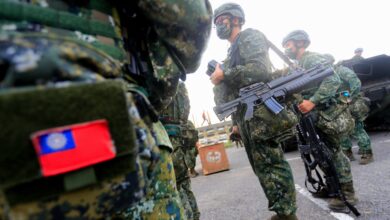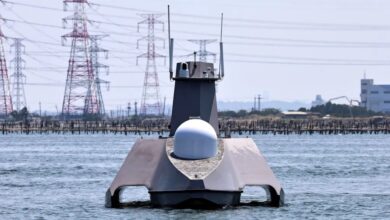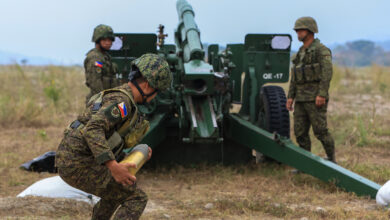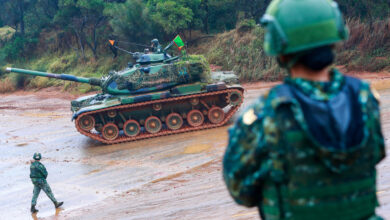Taiwan to Deploy ‘Bee Eye’ Radars Near Chinese Mainland
The Taiwanese armed forces will deploy their indigenous Bee Eye radars next year to improve surveillance and defense capabilities.
The active electronically scanned array radars can detect low-flying aircraft and drones, which are hard to track by other radar systems.
The defense ministry revealed that the radars would be stationed at the Taiwan-controlled outposts of Dongyin and Quemoy, near the Chinese mainland.
Additionally, the island will deploy the state-of-the-art systems on the disputed Dongsha and Taiping islands in the South China Sea.
“Total cost … amounts to NT$3.24749 billion ($110 million) and funding would be spread over five years from 2022 to 2026,” the ministry’s report said, as quoted by the South China Morning Post.
The Bee Eye Radar
Mounted on a military tactical vehicle, the Bee Eye radar features early warning and anti-aircraft capabilities.
It can reportedly be used to protect strategic infrastructure, including military bases, airfields, and seaports.
An analyst with a Taiwanese government-funded think tank said that the Bee Eye radars have proven their effectiveness in tracking incoming aircraft, especially smaller ones.
Illegal Incursions
The move comes as China continues to ramp up military activities near Taiwan, including sending aircraft into Taiwan’s air defense identification zone without permission.
Last month, 30 warplanes from China entered Taiwan’s air defense zone following US President Joe Biden’s warning to Beijing against invading the self-ruled island.
Taiwan said it deployed fighters to warn off the intruding Chinese warplanes.
In February, a Y-12 transport plane reportedly flew close to Dongyin island, which is only 16 kilometers (10 miles) from the Chinese mainland.
The island asserted that the incursion was meant to test Taiwan’s frontline response.
Beijing claims the island nation as part of its territory, stating that it must be reunited with the mainland “by force, if necessary.”












